Published 11th July 2023
How To Find The Right Web3 UX Designer
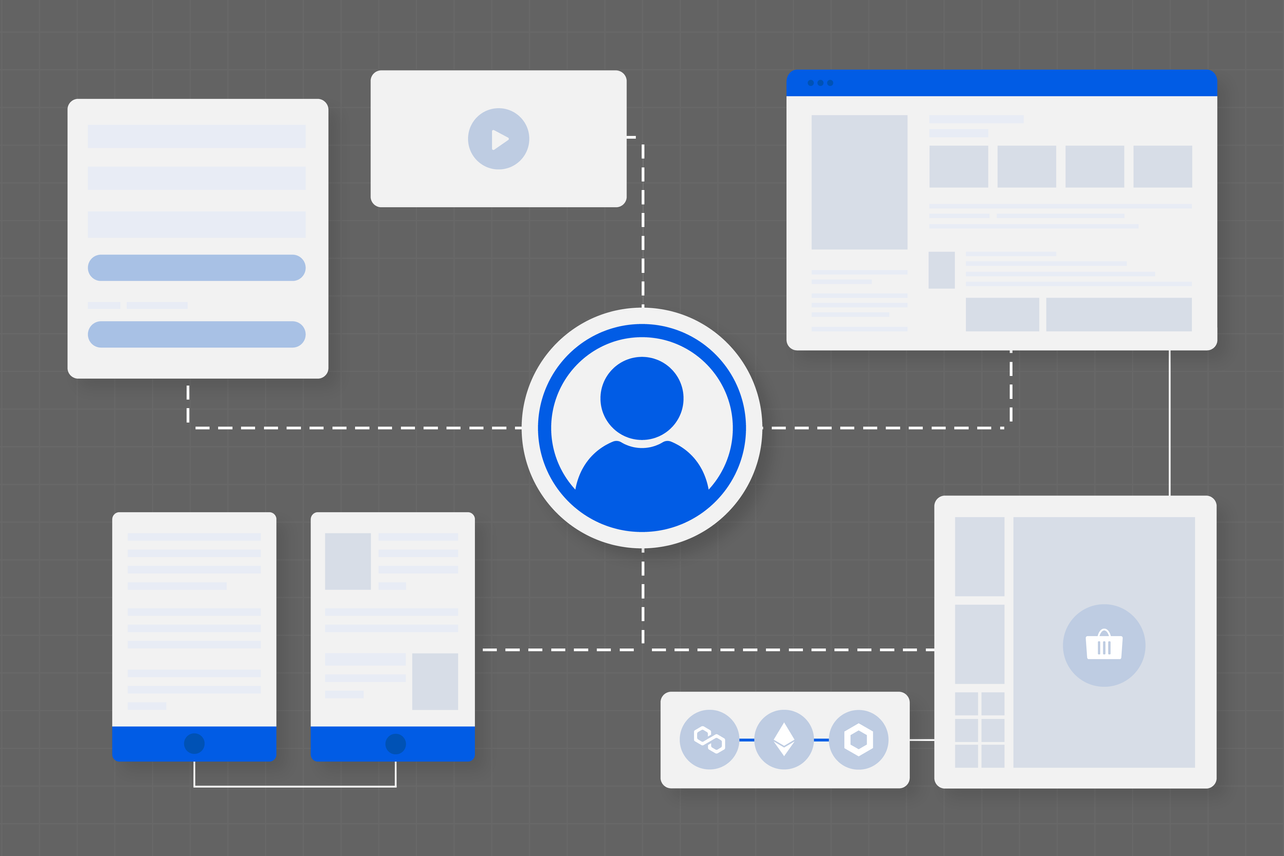
If UX is the key to success in web3, then web3 UX designers are the most important people in the space, right? But how do you select the right UX designer to work on your project. This article covers everything you need when it comes to selecting the right UX designer for your blockchain project.
What is web3 UX design?
Web3 UX design, in its simplest form, is the process of creating better experiences for the end user in the web3 space.
This involves creating user-friendly, simple-to-use patterns and interfaces for decentralised applications in the worlds of crypto, DeFi, NFT, metaverse and blockchain gaming.
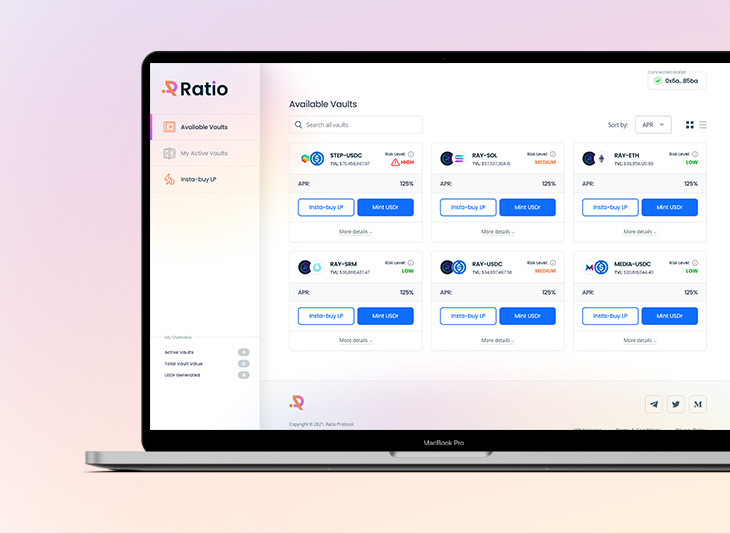
Why is UX so important in web3?
In the early stages of web3, UX designers have a pivotal role.
The tendency to simply mirror other design patterns in the space has caused the development of decentralised technologies to become somewhat stagnant, at least from a user experience perspective.
Specialised web3 designers are needed to combat this. Those working in UX must find the balance between innovating new design patterns tailored for the web3 environment and incorporating best practices from the web2 world.
We have a full web3 UX guide which covers this in more detail.
What does a web3 UX designer do?
A web3 UX designer assumes all the same responsibilities as a traditional UX designer but works exclusively with blockchain-based products.
It’s their responsibility to bridge the gap between blockchain offerings and web3 users, delivering what users need in the most efficient manner.
While the optimal approach varies from product to product, it typically involves unravelling the simplest, fastest, and/or most enjoyable way a user can interact with a product. Working in an emerging space with limited infrastructure and advanced technology only adds complexity, requiring web3 UX designers to think innovatively and create patterns not present in web2.
This process sees a UX designer’s work span across several areas:
Discovery
The first stage of any UX project is the discovery phase. This is a research-heavy stage with the aim of getting to know the product being designed, the users being designed for and any competitors who offer similar products. This includes the problems associated with those competing products.
As products are often the first of their kind in web3, the designer’s job is made more difficult due to a lack of exisitng products to analyse.
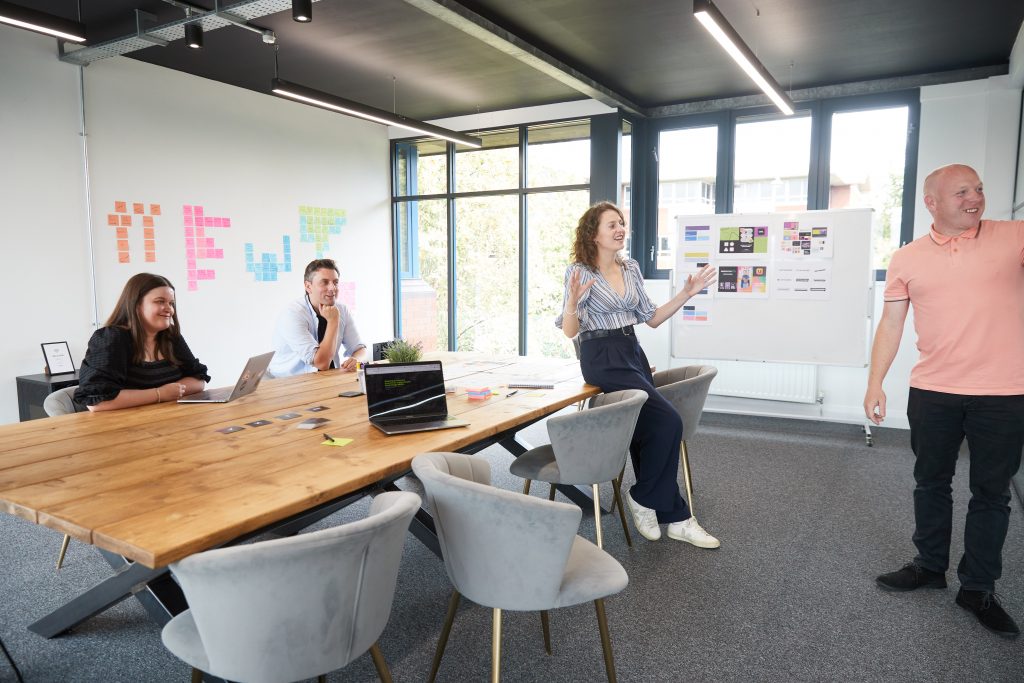
Define
Once the research is complete, the UX designer has to define the problem and user needs. This may include user flows, sitemaps and information architecture.
For a UX team, this might also provide an opportunity to brainstorm and ideate possible solutions.
Information Architecture
Information architecture guides users through a site by organising content clearly and consistently, involving structure and labelling. Successful information architecture will allow users to quickly find what they need and ultimately make their lives easier.
This stage is particularly important in web3 where a common frustration amongst users is “not knowing where to start”.
Wireframes
Once a UX designer or UX team has a solid understanding of the product they’re working with, they’ll move into the design phase.
The first step in a design process will usually involve producing low-fidelity wireframes that focus on an application’s flow, function and display. It incorporates everything that was learned in the discovery and define phases, taking into account how the user will interact with the product.
UI elements such as colour, typography and animation aren’t usually considered until the product’s UX is locked down in the form of wireframes.
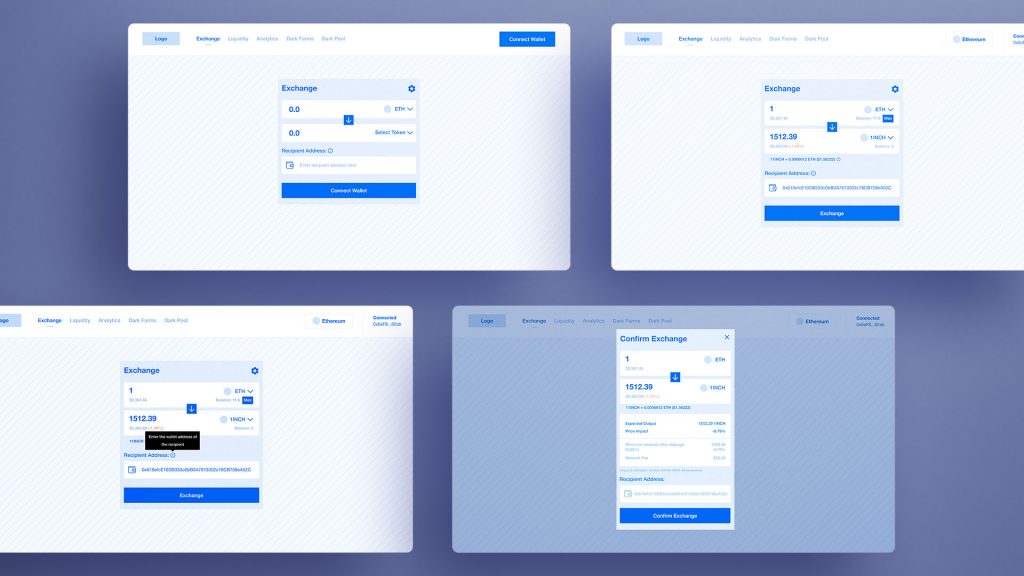
Prototyping
The UX designer will turn the wireframes into a prototype. A prototype provides a fully realised version of how users can navigate and interact, whether it’s low fidelity or the full UI design.
This a prime opportunity for feedback, and making changes to ensure a more seamless user experience.
Testing
Once wireframes have been finalised, it’s important to carry out a testing phase. Usability testing is important as it can validate the designer’s UX decisions. It can also highlight the problems that could have been missed through user feedback.
This is the final opportunity for a UX designer to solve any problems before the product goes live.
How to find the right web3 UX designer?
Finding the right web3 UX designer depends on your budget, project, brief, needs and much more. There really is no one-size-fits-all solution.
First of all, you need to understand the different options available.
If you’re looking for assistance in improving your users’ experience, the two main options are freelance UX designers and UX design agencies.
Freelance UX designer vs UX design agency
The choice of freelance UX designers is broad. From basic designers offering their services on platforms like Fiverr and Upwork to seasoned professionals and industry experts.
However, freelancers specialising in blockchain UX can be much harder to find in the ever-emerging web3 space.
Typically, but not exclusively, freelance designers present a cost-effective solution. However, despite being budget-friendly, it’s worth remembering that there’s only so much work one person can do alone. As a result, relying on a single freelancer may not always yield the most optimal results.
Web3 UX agencies and product design studios offer pricier but deeper solutions.
Agencies and studios can range from a handful of workers to large full-scale agencies that can build your idea as well.
The main benefit of working with an agency is that you’ll receive access to a full team. For example, here at Avark, we have a UX team that will first work on your user flows and product functions, before handing over to our experienced web3 UI designers that will then style up your interface and dapp screens.
It’s likely that agencies also have strict processes to follow when working on your project. A project manager will ensure you receive a smoother process and generally speaking, better customer service than you’d get when working with a freelancer.
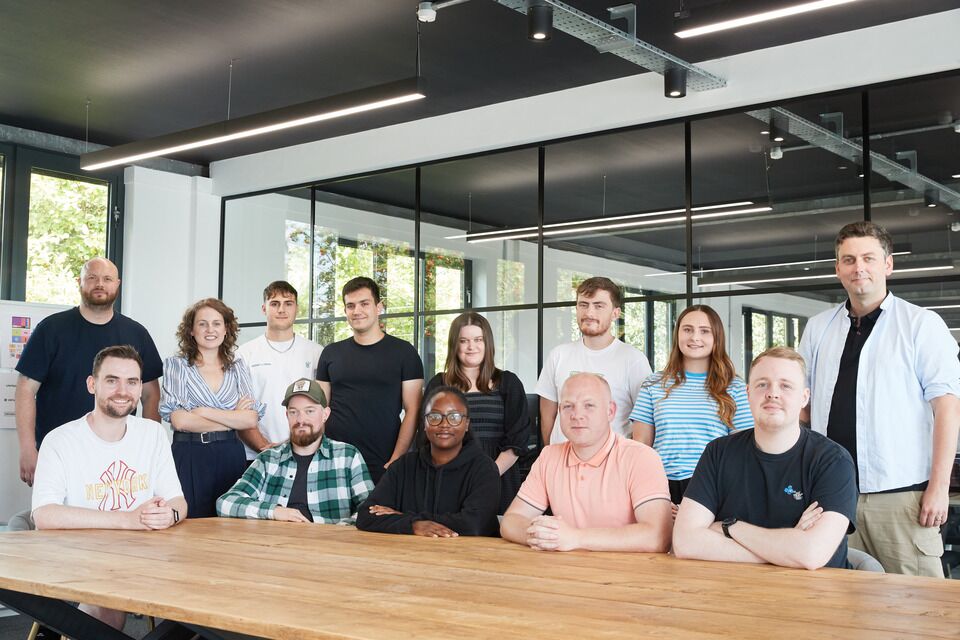
If this sounds like what you’re looking for, we’d be more than happy to jump on a call and get to know your project a bit better or answer any questions at [email protected].
If you’d like to see some of our team’s previous UX work in the blockchain world, check out some of our web3 case studies.